Have you ever heard of a city that is believed to contain half of the world in itself?! Attractions of Isfahan are of global fame, that caused the city to won the nickname “Half The World” for the city. The historical sights of Isfahan are the best narrators of the city’s history. Join us on a quick tour of the city’s important tourist attractions on this post, and get to know each one more by a simple click.
Isfahan
Isfahan is the city of blue domes, historical bridges, royal promenades, breathtaking churches, unparalleled crafts, incredible miniature art, one of a kind traditional houses, Zayande Rud River, Soffeh Mountain, and green streets. Isfahan mainly owes its beauty to the period when it was a capital city for the Safavid Dynasty, from 17th to 18th centuries.
Naqsh-e Jahan Square
The tale of Isfahan starts with Naqsh-e Jahan Square, also known as the Shah Square or Imam Square. When it was settled that the capital city of Safavid Dynasty (who ruled over Iran from 1501 to 1736) needs to be moved to Isfahan from Qazvin. Shah Abbas the Great ordered the construction of buildings and monuments for the royal family in Isfahan. Naqsh-e Jahan Square was the first area constructed and prepared for this change. With the Shah Mosque built in its south, the Sheikh Lotfollah Mosque and theological school in the east, Qeysarieh Bazaar in the north, and Ali Qapu Palace in the west, the three pillars of the kingdom were brought together in this square.
The square is 560 meters long and 160 meters wide. Today, you can not only visit the notable historical landmarks of the city here, but you can also take a walk in its bazaars. The bazaars on each side of the square are dedicated to a special line of trade and crafts. There’s literally a lot to do and see in the square, just please make sure you don’t get lost in bazaars!
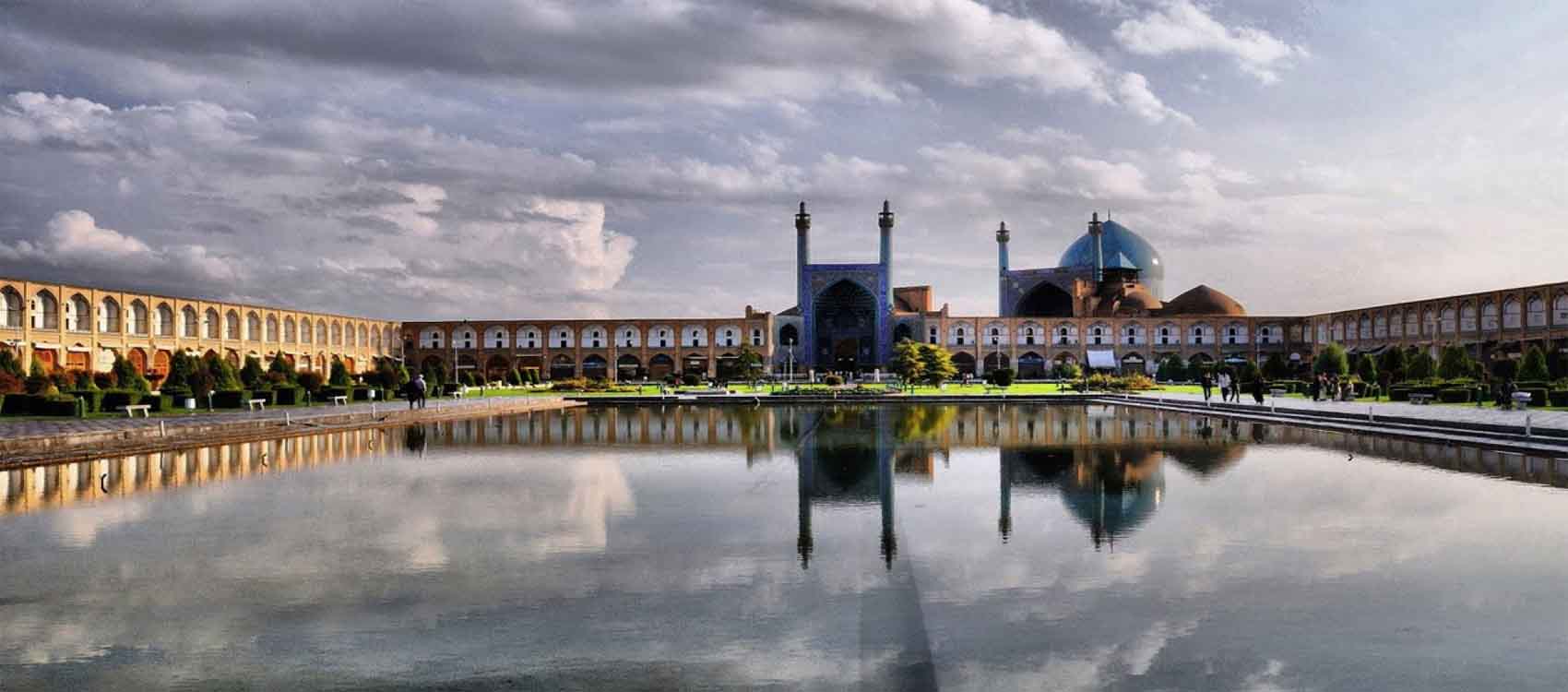
Shah Mosque (Jameh Abbasi Mosque)
One of the top attractions in Isfahan is Shah Mosque. Before entering the mosque, look up, isn’t what you see an unparalleled replica of the heavens above? The construction of the mosque was completed in 1616. During that time, it was the biggest mosque in Isfahan and served as a congregation mosque.
The important parts of the mosque are its dome chamber, Naserieh School, and the Soleimanieh School. The place is filled with many stories and boasts secret features that have become as equally parts of the mosque as the tiles at the entrance.
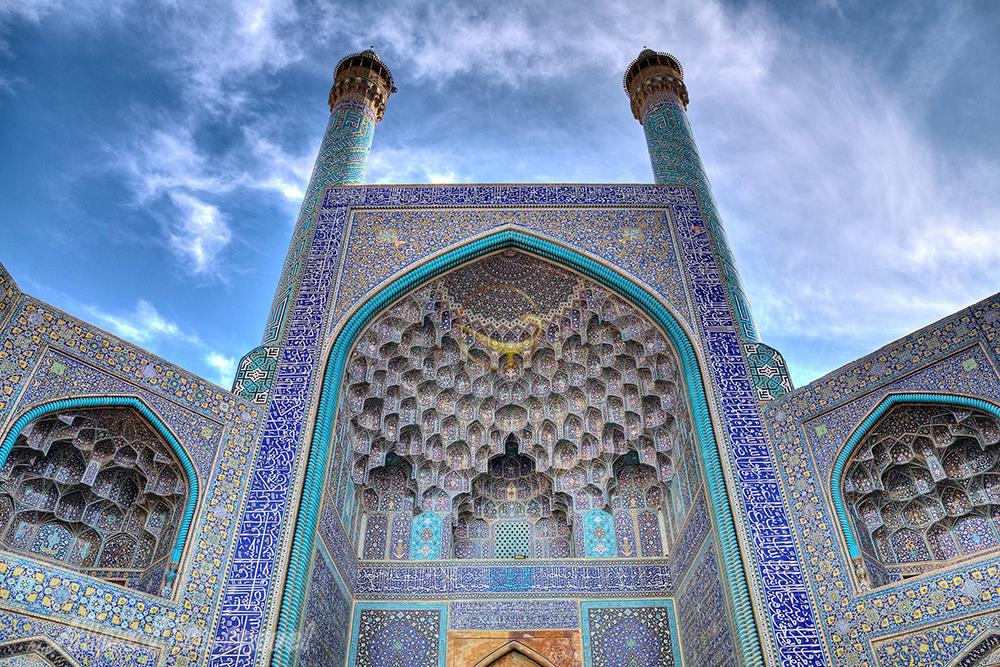
Sheikh Lotfollah Mosque
On the eastern wing of the Naqsh-e Jahan Square, you will see a seemingly small mosque. Don’t be surprised by the lack of minarets near the entrance, this really is a mosque. The art of Iranian miniature is used on full force throughout the mosque. Here you will see one of the highest and most exquisitely designed domes of Iranian mosques. You will be amazed by the meticulous use of mathematics in the design of this mosque. As an example, stand in the middle of the domed chamber and speak a word. Can you recognize your own voice?
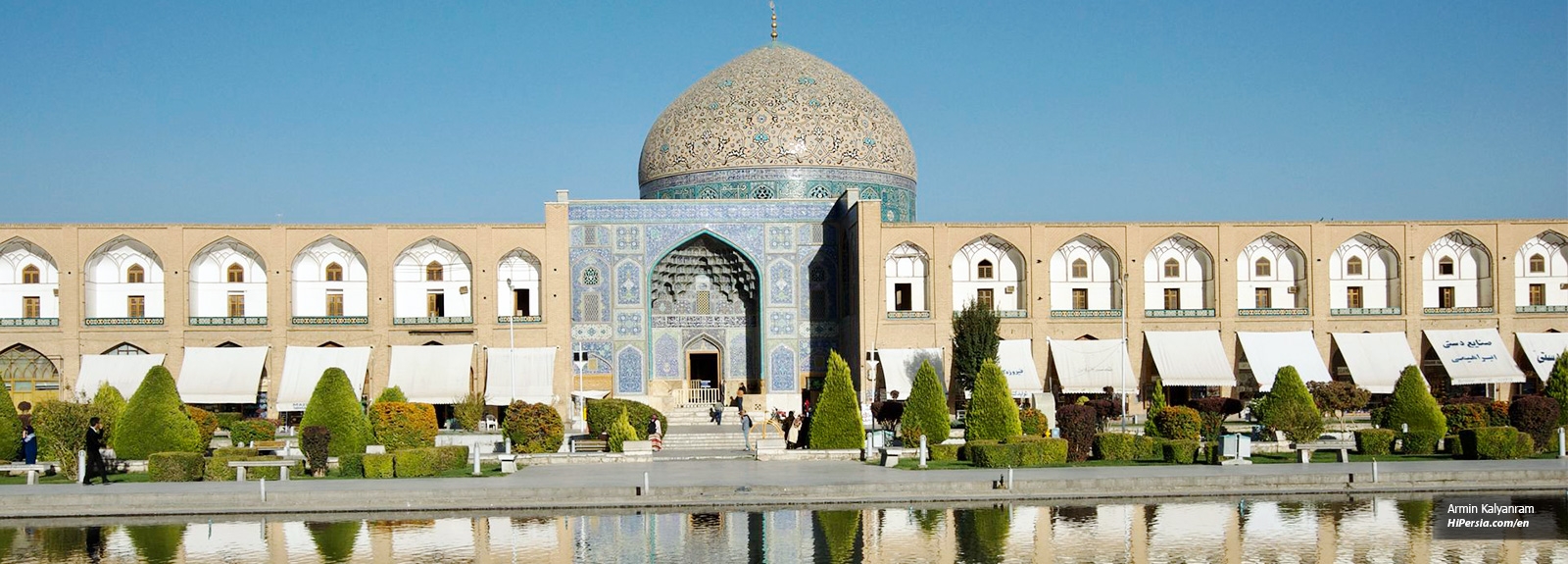
Chehel Sotun Palace
Royal residence in Isfahan is almost synonymous with Chehel Sotun Palace. This is one of the frequently visited top tourist attractions in the city. The moment you enter the palace’s garden, you will feel cut from the outside world, as if you are stepping into a magical realm. Some of the trees around the palace are just as old as the palace itself.
The Palace itself is an amazing pavilion with 20 columns. These columns are actually the reason why the palace has been named so. But chehel means 40 in Farsi, and not 20! The indoor space is entirely covered with paintings and frescoes. On the outside walls, you will be able to find some European paintings too.

All Savior’s Cathedral (Vank Cathedral)
Isfahan is famous for being home to thousands of Armenian families. Vank Cathedral functions as the heart of the Armenian community of Isfahan. You will see amazing examples of the combination of Armenian and Iranian arts as well as architecture in this cathedral.
When the first community of Armenians was settled here, they started the construction of the church in 1606. The church was rebuilt during the following years, and the whole structure was not complete until 1664. Several parts were gradually added to the cathedral. You will surely not find the amazing frescoes inside the church repeated anywhere else. In addition to the church, there are some other interesting places to see inside the cathedral.
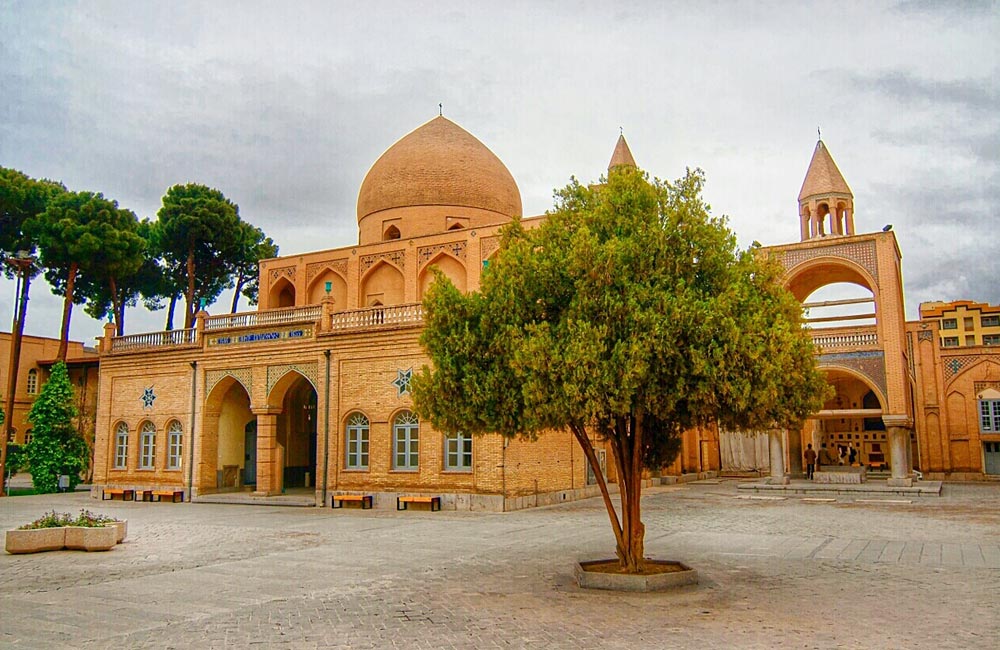
Khaju Bridge
Khaju Bridge is one of the most beautiful bridges of not only Isfahan, but entire Iran. It was built in the 17th century, over another older bridge. Colorful tiles are used in the design of the bridge, adding to its symmetrical brick charm. Khaju is derived from the word Khajeh. The latter were courtiers and mostly lived in a neighborhood near the bridge.
The bridge has two floors, each of which served a different purpose. Some elaborately designed rooms have also been built on the bridge. The chambers in the middle of the bridge were used by the royal family. In addition to this, the bridge is equipped with a mechanism that controls the flow of water.
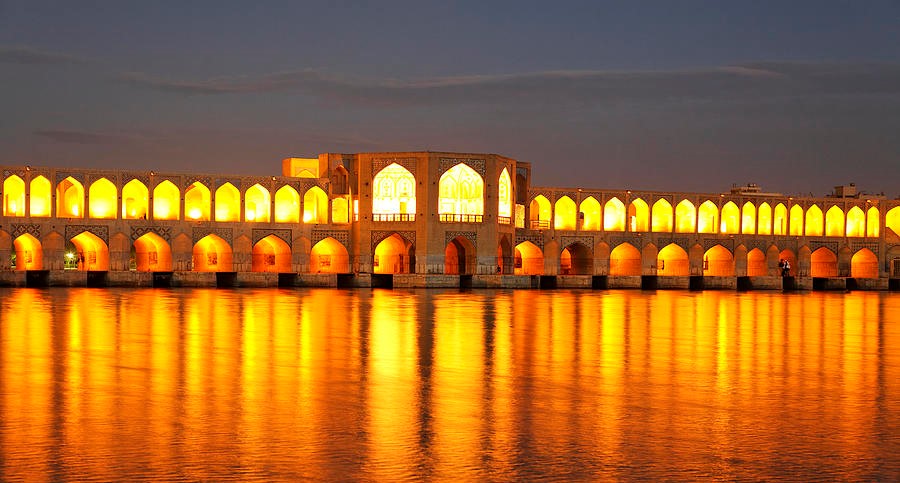
Monar Jonban
One of the curiosities of Isfahan is Monar Jonban. “Monar” refers to the minarets and “Jonban” means shaking. These shaking minarets have brought more travelers to this area of the city than one would imagine.
The minarets were built in the 18th century. The thing is that whenever one of the minarets shakes, the entire building including the other minaret also shakes. You can easily see this movement. This happens for different reasons. However, it is closed nowadays.

Ali Qapu Palace
How is it possible for a building to appear having 2 floors from the front, 4 floors from the sides, and 6 floors from behind? It’s hard to imagine! But Ali Qapu Palace is one such building. It was constructed in the 16th century, facing the Naqsh-e Jahan Square.
The beautiful palace is one of the top historical attractions of Isfahan. The kings used to sit in its columned balcony and watch chogan (Iranian polo) played in the square. There is also a music room. At a time when no microphones were around, a genius architectural method was used to enhance sound here.
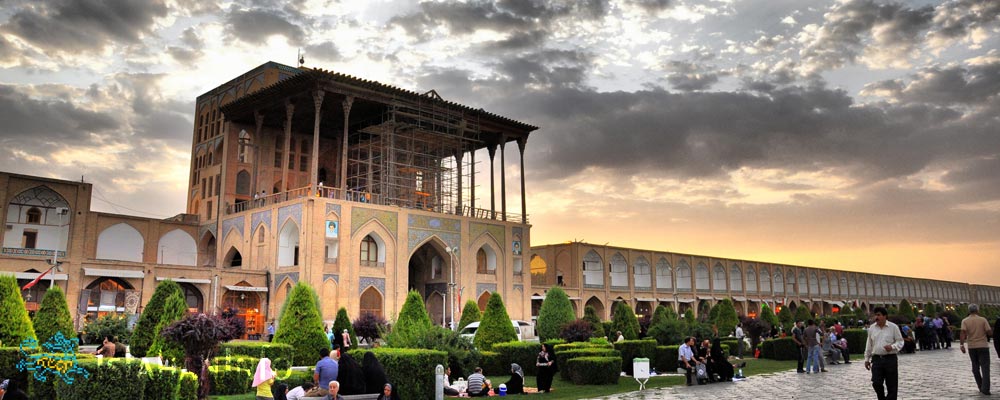
FAQ
There are many truly beautiful tourist attractions in Isfahan, and here is a list of some of the oldest and boldest:
• Naqsh-e Jahan Square
• Ali Qapu Palace
• Qeysarieh Portal
• Sheikh Lotfollah Mosque
• Shah Mosque
• Atiq Mosque
• All Savior’s Cathedral (Vank Cathedral)
• Bethlehem Church
• Chehel Sotun Palace
• Menar Jonban
• Khaju Bridge
• Si-o-Se pol Bridge
Zayanderud River passing from the center of the city provides an amazing venue for relaxing and passing time. You can walk in the parks located near the river too. Another must-do activity in Isfahan is visiting its marvelous tourist attractions and taking pictures. You can also take your time in the city’s traditional restaurants or outdoor cafes. What else does one want but to explore, discover, experience and learn about the city they’re visiting?
Kids will definitely love the evergreen parks along Zayanderud river. They can run and play in the parks’ playgrounds. Another activity for kids is visiting the historical landmarks and learning about the history and arts in Isfahan and Iran. The entertainment parks of Isfahan are also interesting places for kids to have fun. In addition to this, the dishes and desserts served in the city’s cafes and restaurants will be just what every kid wishes for.
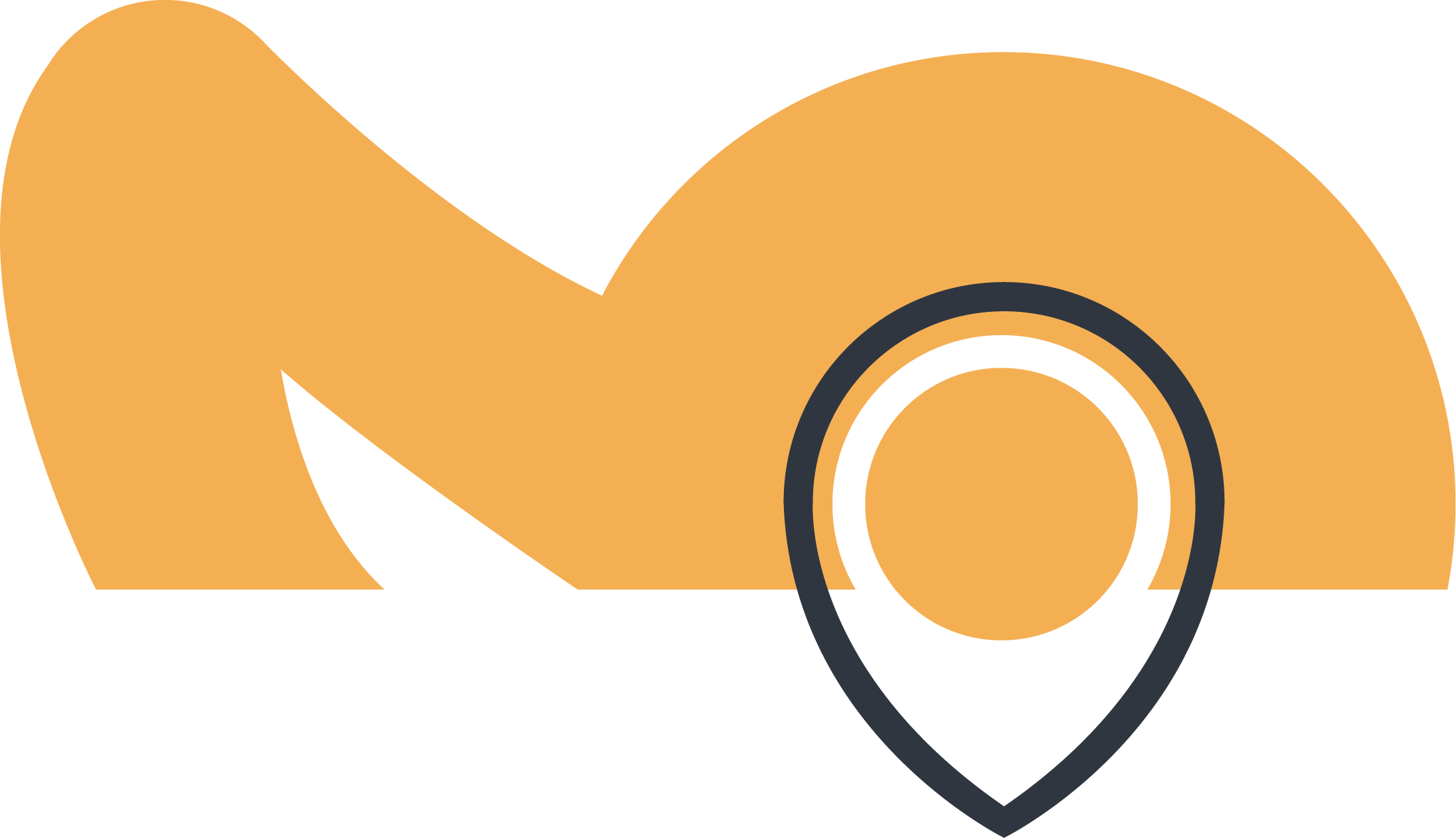
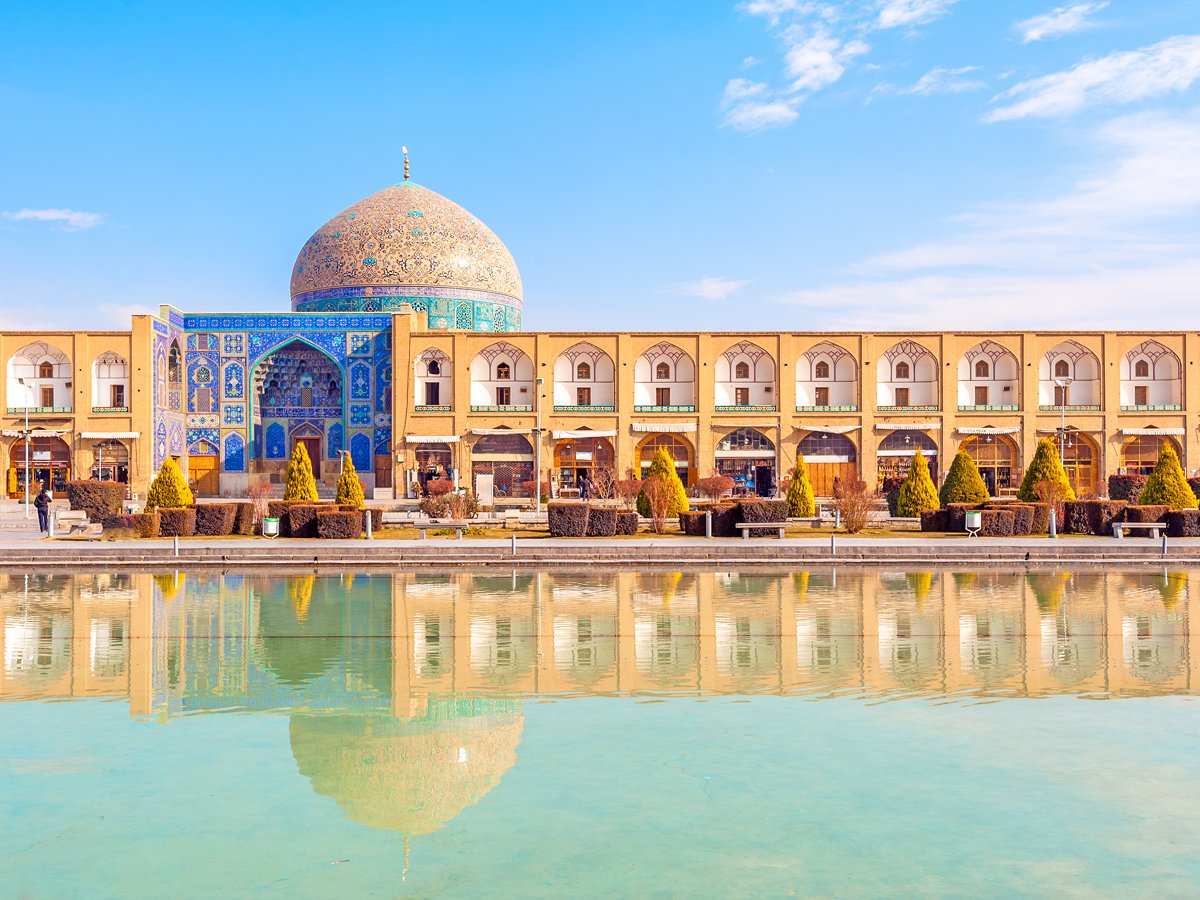

Comment (0)